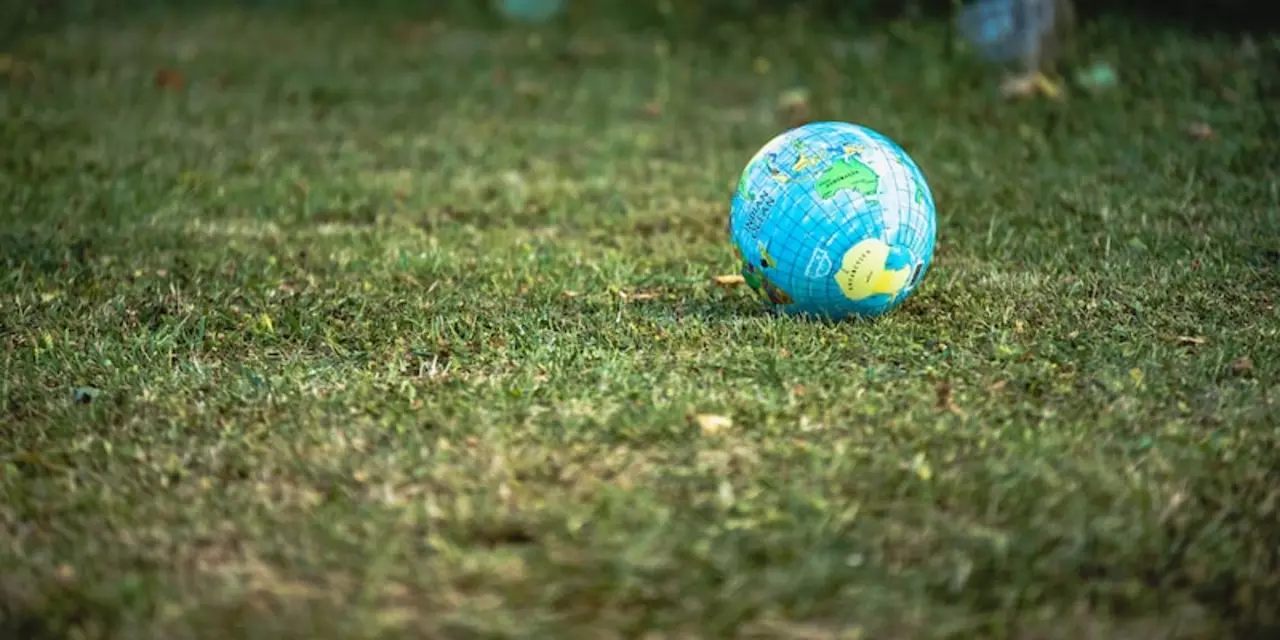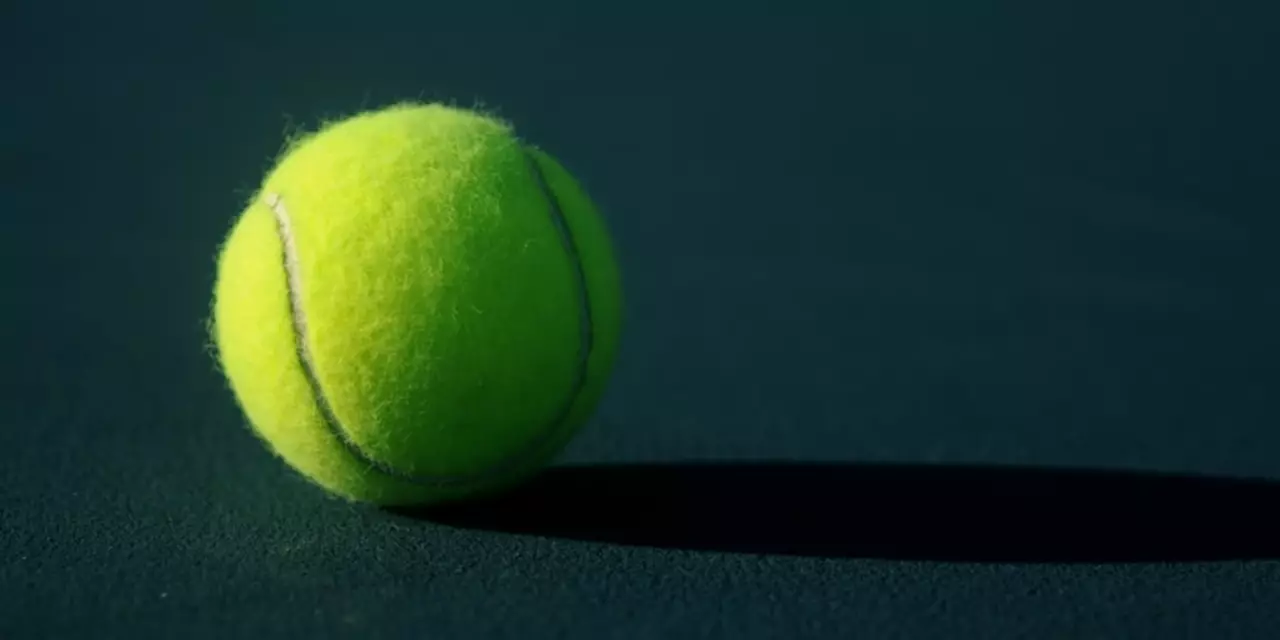Ball – Everything You Need to Know About Tennis Balls
When it comes to tennis, the ball is the star of the show. It’s the only thing that moves back and forth on the court, and its feel can change a match in an instant. Whether you’re a beginner or a seasoned player, knowing the basics of tennis balls helps you play better, avoid surprises, and keep your gear working longer.
Types of tennis balls and what they do
There are three main categories of tennis balls: pressure‑filled, pressure‑less, and practice balls. Pressure‑filled balls have a tiny gas canister inside, giving them a livelier bounce. Most tournament balls fall into this group, and they’re what you’ll see on TV. Pressure‑less balls are made from solid rubber, so they stay bouncy longer but feel heavier. They’re great for drills and kids who need a ball that won’t lose its bounce after a few hits. Practice balls are the cheap, low‑bounce options you might find in a discount store – good for moving around the court without worrying about damage.
How to pick the right ball for your game
Choosing a ball isn’t just about price. Look at the court surface: grass courts like faster balls that stay low, while clay courts benefit from slightly slower balls that keep the rally going. If you play on hard courts, a medium‑speed ball works well. Also, check the felt color – bright yellow is standard for most matches, but orange or green balls are used for junior and senior leagues because they’re easier to see. Finally, consider the age of the ball; fresh balls have the best bounce, so replace them after a few sets if you want consistent play.
Storing your balls properly makes a big difference. Keep them in a cool, dry place and avoid leaving them in a hot car or freezer. Extreme temperatures can change the pressure inside, making the ball feel either too soft or too hard. A simple airtight container or the original can works fine. If you buy a pack, open it only when you’re ready to play – the longer the can stays sealed, the better the balls stay.
One common mistake is using the same ball for practice and match play. Practice balls wear out faster, and they can affect your rhythm if you switch to a fresh match ball mid‑game. Keep a separate set for each purpose. Also, don’t ignore the little dents or scuffs on a ball’s surface. A rough spot can alter spin and cause unpredictable bounces, which can throw off your timing.
In short, a good ball makes good tennis. Pick the right type for your court, store it right, and replace it when it’s worn out. Next time you step onto the court, you’ll notice the difference a quality ball makes in your swing, your footwork, and your overall enjoyment of the game.

